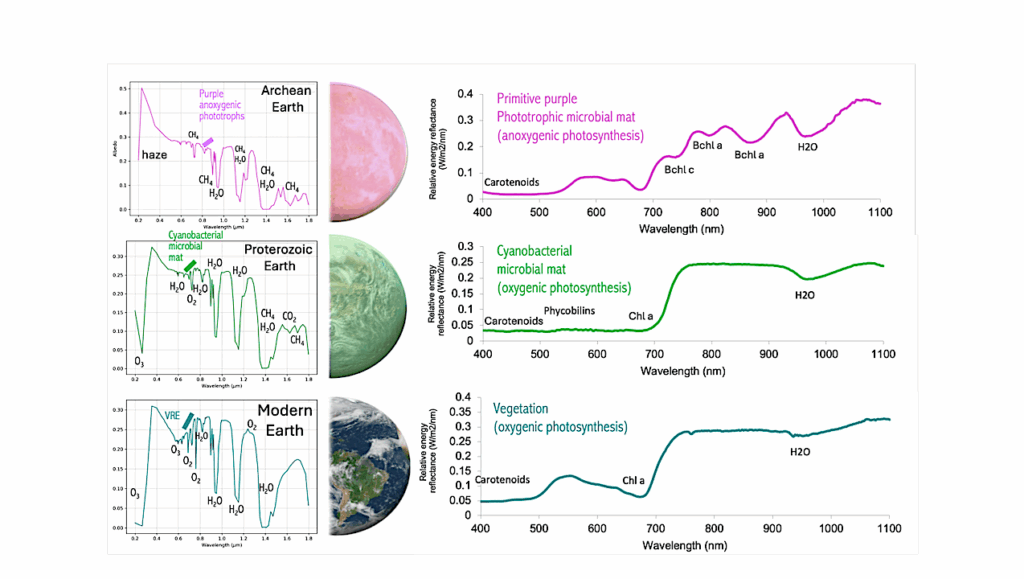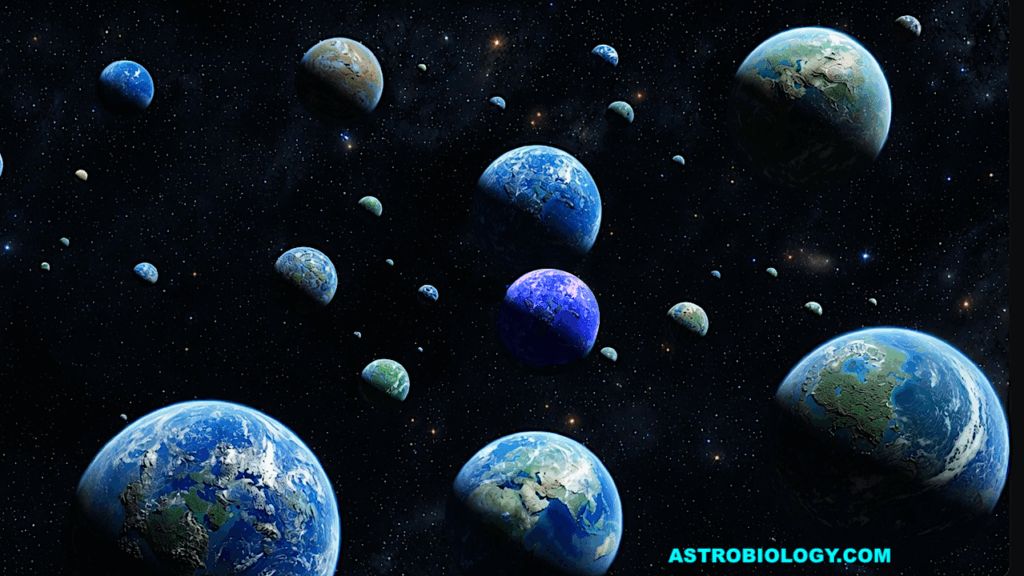Living With a Red Dwarf: The Rotation-Age Relationship of M Dwarfs

Age is a fundamental stellar property, yet for many stars it is difficult to reliably determine. For M dwarfs it has been notoriously so. Due to their lower masses, core hydrogen fusion proceeds at a much slower rate in M dwarfs than it does in more massive stars like the Sun.
As a consequence, more customary age determination methods (e.g. isochrones and asteroseismology) are unreliable for M dwarfs. As these methods are unavailable, many have searched for reliable alternatives. M dwarfs comprise the overwhelming majority of the nearby stellar inventory, which makes the determination of their fundamental parameters even more important. Further, an ever-increasing number of exoplanets are being found to orbit M dwarfs and recent studies have suggested they may relatively higher number of low-mass planets than other spectral types.
Determining the ages of M dwarfs then allows us to better study any hosted exoplanets, as well. Fortunately, M dwarfs possess magnetic activity and stellar winds like other cool dwarf stars. This causes them to undergo the spindown effect (rotate with longer periods) as they age. For this reason, stellar rotation rate has been considered a potentially powerful age determination parameter for over 50 years. Calibrating reliable age-rotation relationships for M dwarfs has been a lengthy process, but here we present the age-rotation relationships for ~M0-6.5 dwarfs, determined as part of the Living with a Red Dwarf program. These relationships should prove invaluable for a wide range of stellar astrophysics and exoplanetary science applications.
Scott G. Engle, Edward F. Guinan
Comments: Submitted to ApJ Letters; responding to reviewer comments
Subjects: Solar and Stellar Astrophysics (astro-ph.SR); Earth and Planetary Astrophysics (astro-ph.EP)
Cite as: arXiv:2307.01136 [astro-ph.SR] (or arXiv:2307.01136v1 [astro-ph.SR] for this version)
Submission history
From: Scott Engle
[v1] Mon, 3 Jul 2023 16:15:58 UTC (6,984 KB)
https://arxiv.org/abs/2307.01136
Astrobiology








